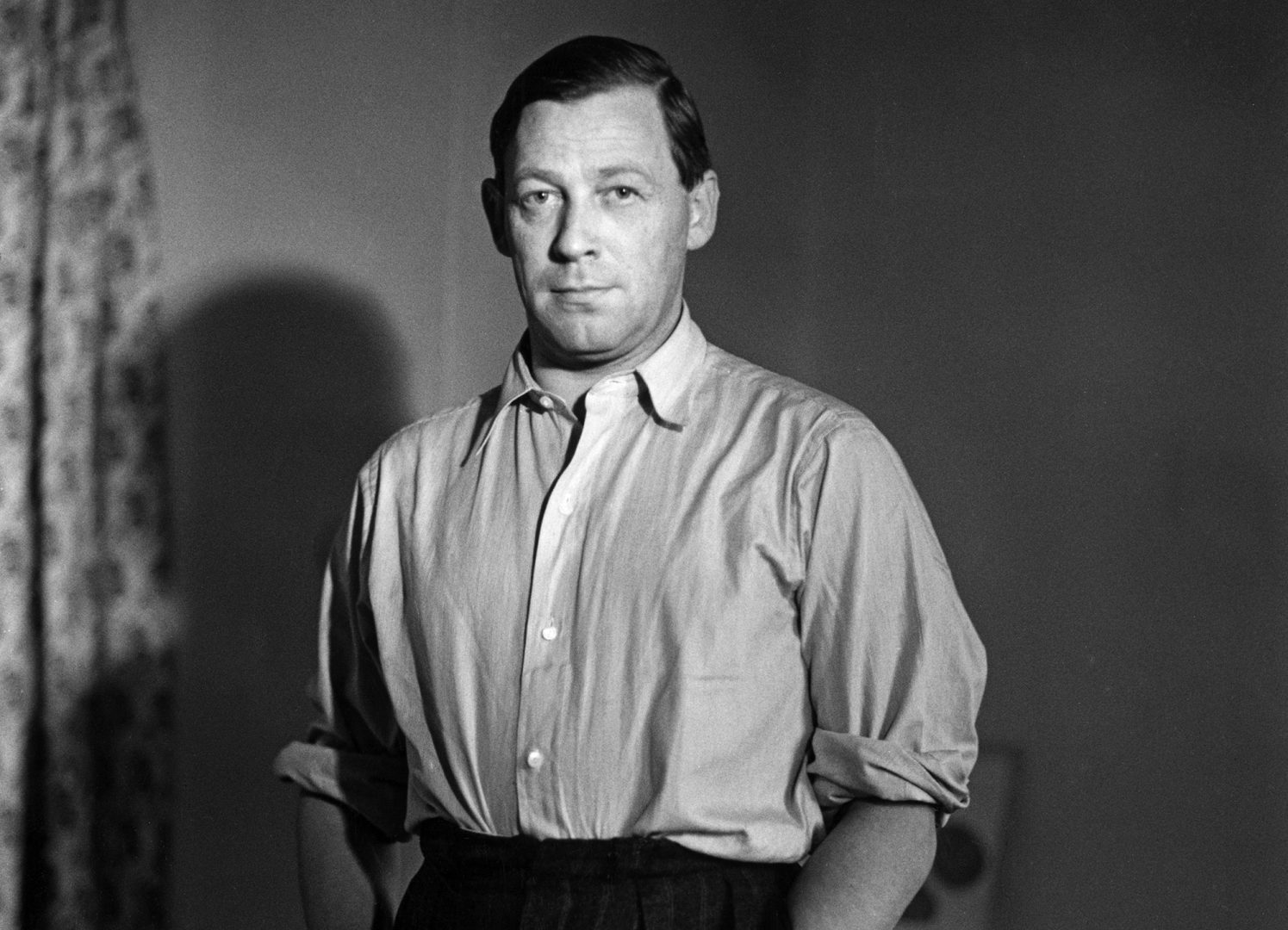He was one of the important architects of the 20th century: Who is Alvar Aalto?
Alvar Aalto saw architecture as a whole, so he was interested in everything from furniture to the color of the walls.

(1898-1976) Finnish architect, and urban designer. He made a great contribution to the establishment of national architecture in his country, and brought new expression features unique to his country to contemporary architecture. Hugo Henrik Alvar Aalto was born in Kourtane, Central Finland. He began his architectural studies at the Helsinki Polytechnic School in 1916. Here he became a student of Sigrud Fosterus. In 1921, he received the title of architect with his finishing works under Armas Lindgren. In the following two years, he traveled to Finland and Central European countries. He worked briefly in the Gothenburg Fair Planning Bureau in 1923, returning to his country in the same year and opening his first office in Jyvâskylâ. He moved to Turku in 1927 and worked with Erik Bryggman until settling in Helsinki in 1933. During this period, he won various architectural competitions and created his first buildings that began to make his name known in the international arena. In 1932-1933, he designed wooden furniture that will be produced industrially for their buildings. They gained worldwide fame when they were shown in the Finnish pavilion of the Paris International Exhibition in 1937. In 1936 he directed his studies to industrial structures; He planned factories and residential settlements for the burgeoning Finnish wood industry.
He went to the United States in 1938. He was a guest lecturer between 1940-1946 at the Massachusetts Institute of Technology, one of the leading architecture schools in this country, following a call he received while the Second World War, which broke out a year later, was disrupting his studies. In addition to his educational work there, he also designed a student dormitory. After returning to his country, he worked in the field of urban planning for a while; Together with other architects and urban designers, he made regulatory plans and regional plans for industrial cities. After 1950, when the conditions became more favorable for the implementation of new designs, he realized various structures, especially those in the capital Helsinki. His international reputation enabled him to build structures in other countries. After 1959 he started working on the arrangement of Helsinki city center. Only one of the buildings of the comprehensive cultural center that was planned to be located here, the Finnish Concert Hall, was completed before his death in this city.
Alvar Aalto is one of the founding members of the organization called CIAM (Congres Internationaux d'Architecture Moderne - International Congresses of Contemporary Architecture), which was founded in 1928. As a member of the Finnish Academy (1955), he was elected an honorary member of the Berlin Academy of Fine Arts and was awarded the gold medal of the Royal Institute of British Architects (1957). He was married twice, and both of his wives, who were architects, were also his close associates and collaborators (Aino Marsio 1925-1949, Elissa Mae Kiniemi 1952-1976).
The fact that Aalto mostly used white in his buildings until World War II caused this period to be called the "white period". In his works after the war, he generally used bricks; this leads to talk of a "red period" of it. Rautatalo Business Center (1952-1954), built in these years, is the first building in Helsinki.
His own workshop, which he built in 1955 as an all-white, is considered the beginning of his second white period. During this period, the faces of their buildings are white; In addition, it is seen that he used special tiles, which give the impression that there were thin vertical grooves on the outside, as coating material. But one of the best examples of this period, the last important work that ended his long architectural life, is the Finnish Concert Hall in Helsinki (1967-1971).
Alvar Aalto also prepared designs to be applied in other countries during these years. Among them, his works in Germany are prominent, but he also has worked in France, Switzerland, Sweden, Iceland, and Baghdad.
Aalto's urban planning work begins in the 1930s. The housing settlement he designed for the cellulose factory in Sunila and for those working there is his first comprehensive design in this area.
Although many designs were made for the center of Helsinki, none of them were implemented. In 1958, the Helsinki City Council established a commission to reorganize the center, and after preparatory work, the commission commissioned Aalto to prepare a design under its supervision. Aalto's plan (1961-1964), which sees the capital as the living heart of the country, includes the spatial arrangement of the Töölö Bay area. Here, there is a fan-shaped area, interconnected cultural structures, connections with the newly established business center Pasila, the main access road leading from the ground to the city center, and a large parking lot.
Alvar Aalto saw architecture as a whole, so he was interested in everything from furniture to the color of the walls. Going into such detail in interiors has led him to furniture design, and to the design and production of ARTEK furniture, which he and his first wife started to manage.
Aalto's most important contribution to contemporary architecture is his use of traditional building materials in accordance with contemporary forming principles. He handled the brick, especially wood, which is the traditional building material of Finland, with an understanding used in shaping other industrially produced contemporary building materials, that is, with a rational and functional understanding that is suitable for industrial production conditions and their own structures.
Alvar Aalto is among the leading architects of the 20th century with his works, understanding of architecture, and use of materials.
---------------------------
https://aalto2.museum/en/
